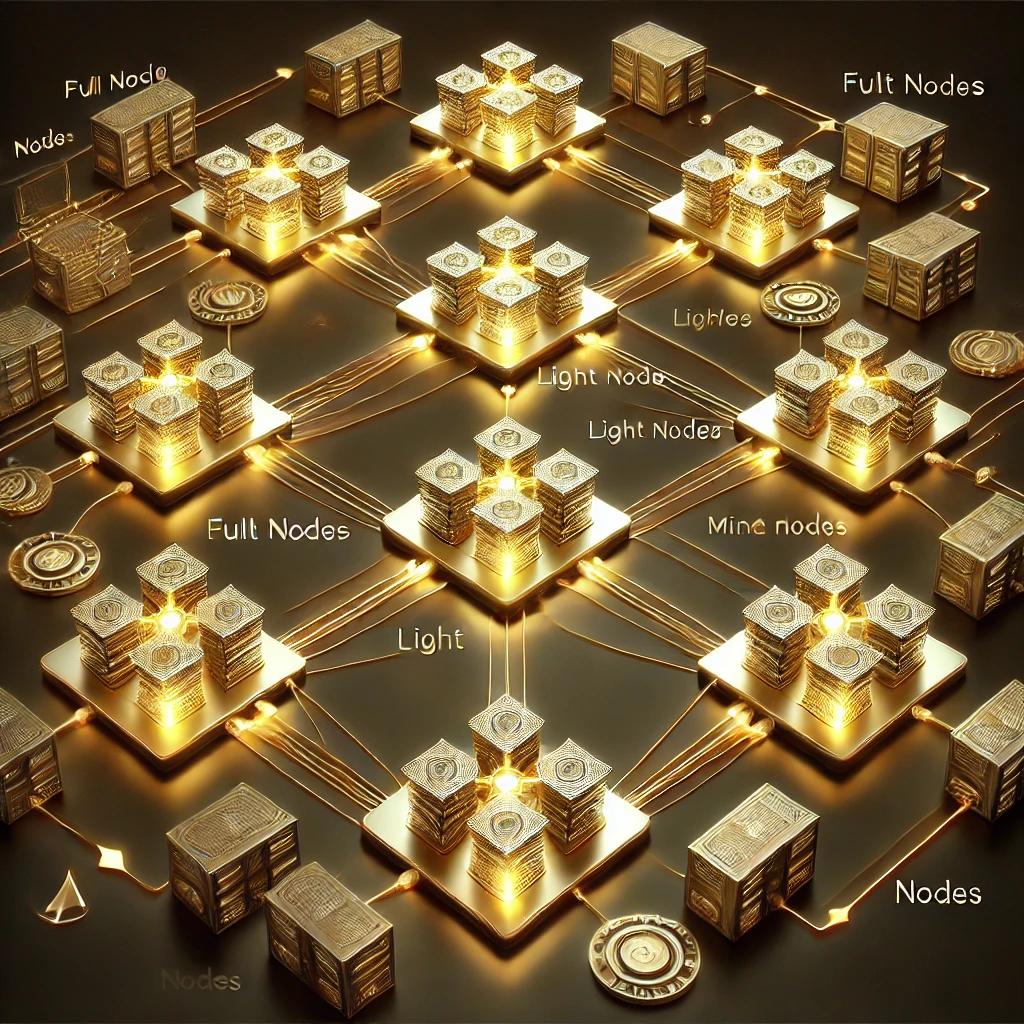
Blockchain Security
Protecting your assets with advanced security measures and continuous threat monitoring

Network Security
Advanced protocols and distributed consensus mechanisms ensure the highest level of network security and transaction integrity.

Threat Prevention
Continuous monitoring and proactive measures to prevent potential threats and attacks on the blockchain network.

Data Protection
State-of-the-art encryption and privacy measures to protect user data and transaction information.
51% Attack Threat for Blockchain
1. Introduction to 51% Attacks
A 51% attack occurs when a single entity or group gains control of more than 50% of a blockchain network's mining or validation power. This allows them to manipulate transactions, double-spend coins, and undermine the integrity of the blockchain.
2. How a 51% Attack Works
- •Control Over Mining Power: Attackers gain majority hash rate in Proof-of-Work (PoW) blockchains or stake in Proof-of-Stake (PoS) networks.
- •Rewriting Transaction History: Attackers can reorganize blocks to reverse their own transactions.
- •Double Spending: Attackers spend coins and then erase the transaction, reclaiming their funds.
- •Blocking Transactions: Attackers can censor or delay transactions by refusing to confirm them.
3. Impact of a 51% Attack
Loss of Trust
Undermines confidence in the network.
Financial Losses
Businesses and users may suffer from fraud and instability.
Network Disruption
Transactions may be halted or manipulated.
Devaluation
Affected cryptocurrencies often suffer significant price drops.
4. 51% Attack Vulnerabilities by Consensus Mechanism
a) Proof-of-Work (PoW) Networks
- Networks with low mining power (hash rate) are highly vulnerable.
- Large-scale mining farms or pools could collude to execute an attack.
b) Proof-of-Stake (PoS) Networks
- An attacker would need to control the majority of staked coins.
- Wealth concentration can lead to centralization risks.
c) Hybrid and Alternative Consensus Mechanisms
- Delegated Proof-of-Stake (DPoS) reduces risk by distributing voting power.
- Proof-of-Authority (PoA) relies on trusted validators to prevent 51% attacks.
5. Preventative Measures
Network Security
- More miners or validators improve decentralization
- Higher participation makes it costlier to execute an attack
Checkpointing
- Preventing long-range reorganizations
- Ensuring past transactions cannot be rewritten
Economic Disincentives
- Penalizing malicious validators
- Slashing mechanisms to punish bad actors
Governance
- Implementing decentralized governance
- Encouraging transparency and audits
6. Notable 51% Attacks in History
Bitcoin Gold (2018, 2020)
Attackers stole millions through double-spending.
Ethereum Classic (2019, 2020)
Several 51% attacks caused significant financial damage.
Vertcoin (2018, 2019)
Multiple attacks led to network instability.
7. Future-Proofing Against 51% Attacks
• Adoption of quantum-resistant cryptography to prevent manipulation.
• Hybrid consensus models combining PoW and PoS for security.
• More decentralized mining and staking participation to prevent monopolization.
8. Conclusion
51% attacks pose a major threat to blockchain networks, but solutions like stronger decentralization, economic disincentives, and alternative consensus mechanisms can help mitigate the risk. As blockchain technology evolves, improving security will be key to preventing future attacks.
Proof-of-Protocol (PoP) Security in BDTCoin
A revolutionary consensus mechanism that enhances blockchain security and prevents 51% attacks
Introduction to PoP Security
BDTCoin introduces a new consensus mechanism called Proof-of-Protocol (PoP) to enhance blockchain security and prevent 51% attacks. Unlike traditional Proof-of-Work (PoW) or Proof-of-Stake (PoS) mechanisms, PoP ensures that unauthorized chains cannot be created—even by mining pools with high hash rates or advanced quantum computing.
The key innovation of PoP is its ability to maintain and validate the blockchain header using a genesis fingerprint. Every block header is verified using the original genesis block's signature, ensuring network integrity and preventing unauthorized chain creation.
How PoP Prevents 51% Attacks
Genesis Fingerprint Verification
Every block header is validated using a cryptographic fingerprint derived from the genesis block.
Preventing Unauthorized Chains
PoP ensures all new blocks must reference the genesis fingerprint, making alternative chains impossible.
Quantum-Resistant Validation
Uses lattice-based and hash-based cryptography to remain secure against quantum attacks.
Hybrid Consensus Approach
Proof-of-Work (PoW)
Ensures decentralized mining and security
Proof-of-Protocol (PoP)
Acts as an additional validation layer
Security Benefits of PoP
Mining Pool Defense
Protection against large mining pool attacks
Quantum Resistant
Secure against quantum computing threats
Immutable History
Permanent and tamper-proof transactions
Fork Prevention
Reduced risk of chain splits
Practical Applications
Central Banks
Secure CBDC issuance
Financial Institutions
Immutable transaction records
Enterprise Security
Secure smart contracts
Individual Use
Bank in your pocket
BDTCoin's Proof-of-Protocol (PoP) security eliminates 51% attacks, ensures quantum resistance, and maintains blockchain integrity. By combining PoW for mining and PoP for validation, BDTCoin sets a new standard for blockchain security, making it the safest and most future-proof cryptocurrency network.